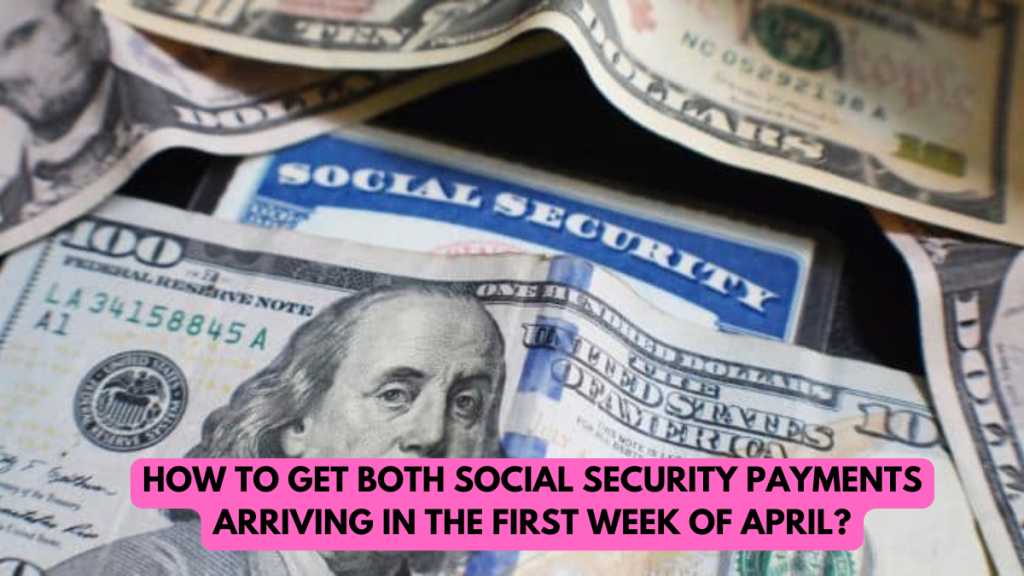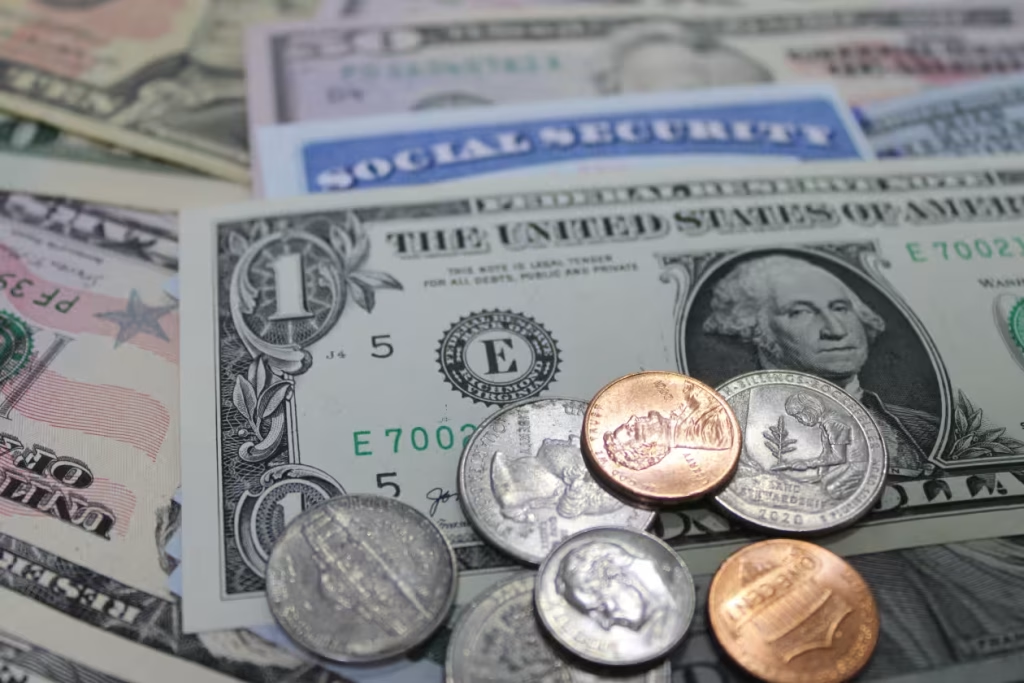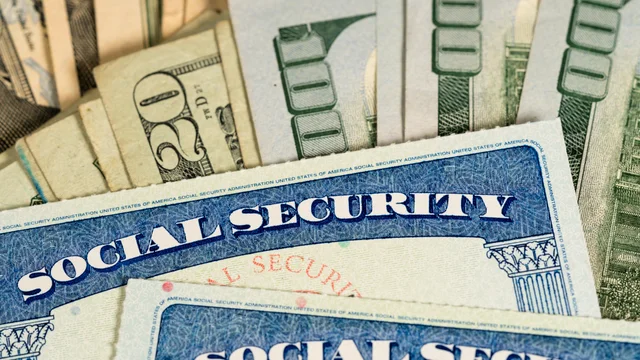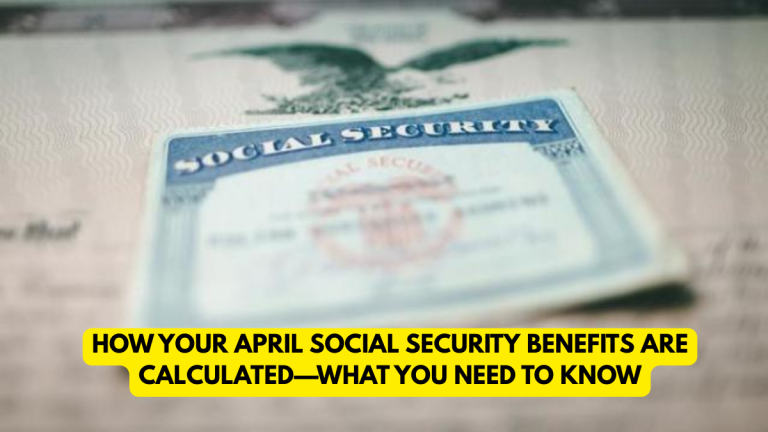
As April 2025 approaches, millions of Social Security recipients are preparing to receive their payments. For many beneficiaries, particularly those who qualify for both Supplemental Security Income (SSI) and Social Security benefits, two payments may be scheduled within the first week of the month. Understanding the Social Security Administration’s (SSA) payment schedule and how to ensure timely receipt of your funds is essential for financial planning.
Who Will Receive Payments in the First Week of April?
The Social Security Administration follows a strict monthly payment schedule. In April 2025, payments are distributed as follows:
- April 1 – Supplemental Security Income (SSI) payments will be issued to eligible recipients.
- April 3 – Social Security payments will be made to individuals who started receiving benefits before May 1997 or those who receive both Social Security and SSI.
For beneficiaries who do not receive SSI, their Social Security payments will be scheduled based on their birth date:
- April 9 – Individuals born between the 1st and 10th will receive payments on the second Wednesday.
- April 16 – Those born between the 11th and 20th will receive payments on the third Wednesday.
- April 23 – Recipients with birth dates from the 21st to the 31st will be paid on the fourth Wednesday.
To check your specific payment date, visit the official SSA payment schedule page.
Why Some Beneficiaries Receive Two Payments in One Week?

If you qualify for both SSI and Social Security benefits, you will likely receive two payments in the first week of April. SSI payments always arrive on the first of the month, while Social Security benefits for those receiving both SSI and Social Security are paid on the third of the month. This dual payment system is designed to provide financial support to low-income beneficiaries.
How to Ensure You Receive Your Payments on Time?
To avoid any delays or issues, follow these steps:
1. Opt for Direct Deposit
The fastest and safest way to receive your Social Security payments is through direct deposit. Enrolling in direct deposit ensures that funds are automatically transferred to your bank account on the scheduled payment date. You can sign up by logging into your my Social Security account or calling the SSA at 1-800-772-1213.
2. Expect Delays for Mailed Checks
If you still receive your payments via a paper check, keep in mind that mail delivery can be delayed. The SSA advises allowing three additional mailing days before contacting them about a missing payment.
3. Update Your Information
Ensure that your contact and banking information is up to date. You can check and update your details online via my Social Security or by visiting your local SSA office.
4. Be Aware of SSA Office Closures
Federal holidays and office closures can sometimes impact SSA services. In April 2025, there are no major federal holidays within the first week, so payments should be processed as scheduled.
How Changes to Social Security Laws May Affect Your Payments?
Recent legislative changes, such as the repeal of the Windfall Elimination Provision (WEP) and Government Pension Offset (GPO) under the Social Security Fairness Act, could impact retirees’ benefits. This change, set to take effect in 2025, primarily benefits over 3 million retired public sector workers, including teachers, firefighters, and police officers, who previously saw their Social Security benefits reduced due to pension income. For more details, visit the Social Security Fairness Act summary.
What to Do If You Do Not Receive Your Payment?

If you do not receive your scheduled Social Security or SSI payment, follow these steps:
- Wait Three Days – Allow three additional mailing days before reporting a missing payment.
- Contact Your Bank – If you use direct deposit, check with your bank to ensure there were no processing delays.
- Report to SSA – Call the SSA at 1-800-772-1213 or visit your local SSA office to report a missing payment.
- Monitor Your SSA Account – Check your payment status through my Social Security.
Final Thoughts
Social Security payments are a vital source of income for millions of Americans, and understanding the payment schedule can help beneficiaries plan accordingly. Those receiving both SSI and Social Security should be prepared for two payments in the first week of April 2025. By ensuring direct deposit enrollment, keeping personal information up to date, and staying informed about Social Security changes, beneficiaries can receive their funds on time and without issues.
For more official information, visit the Social Security Administration’s website.



